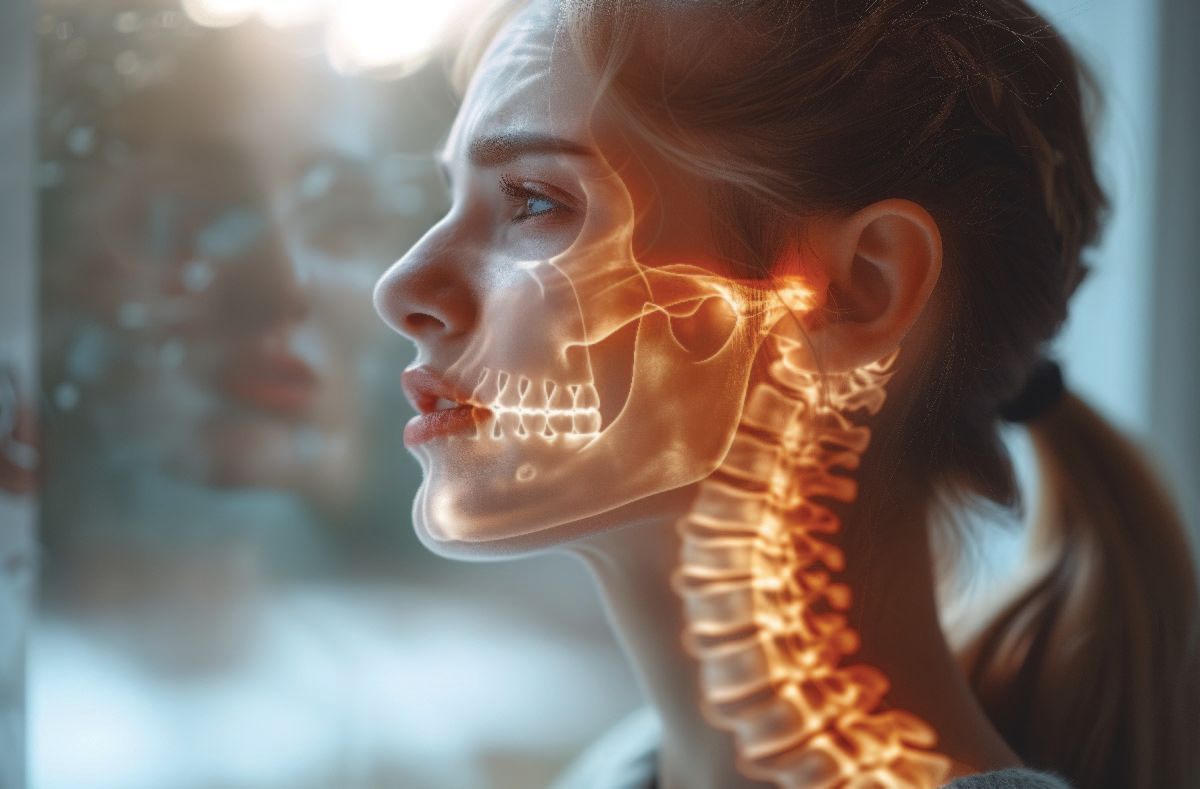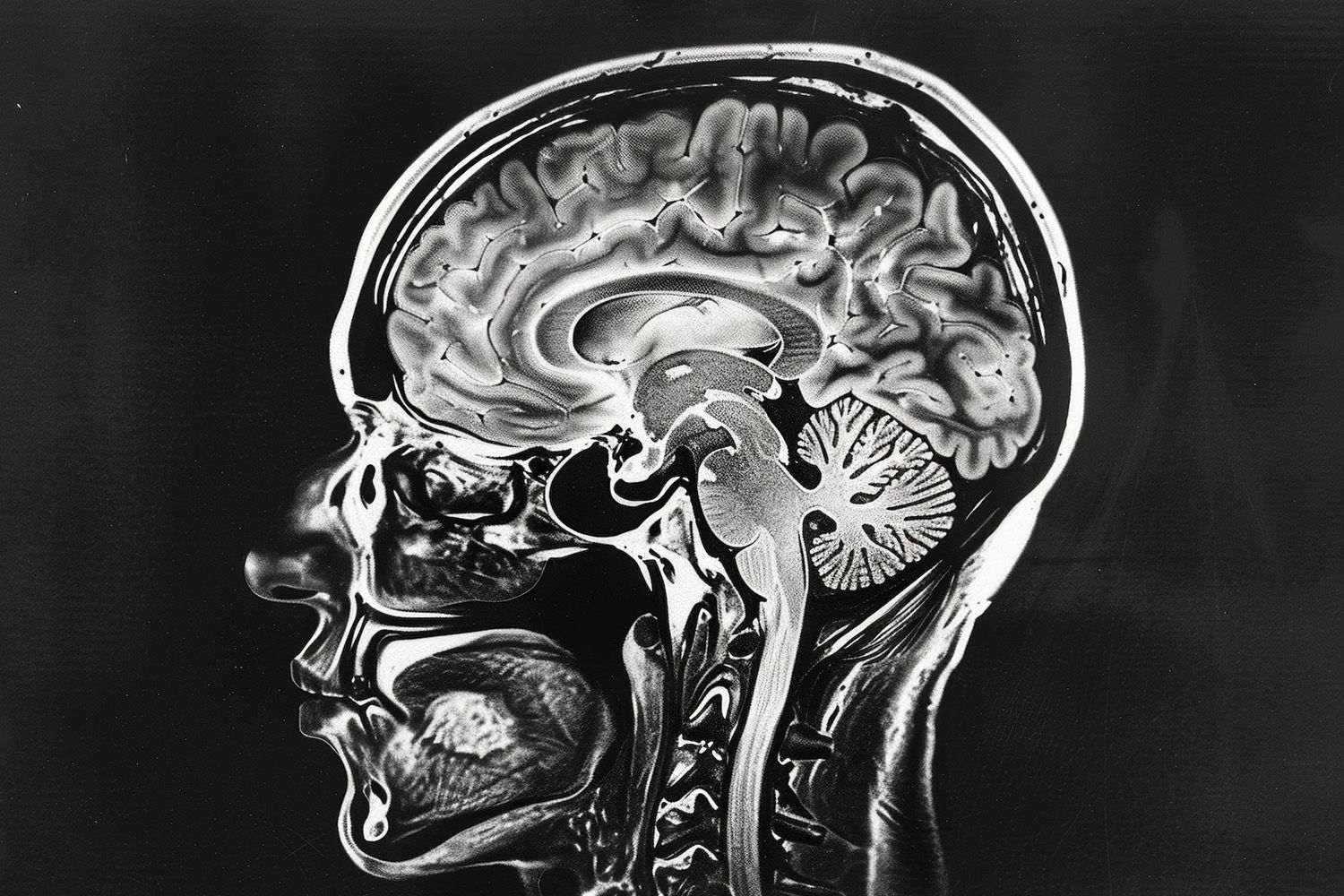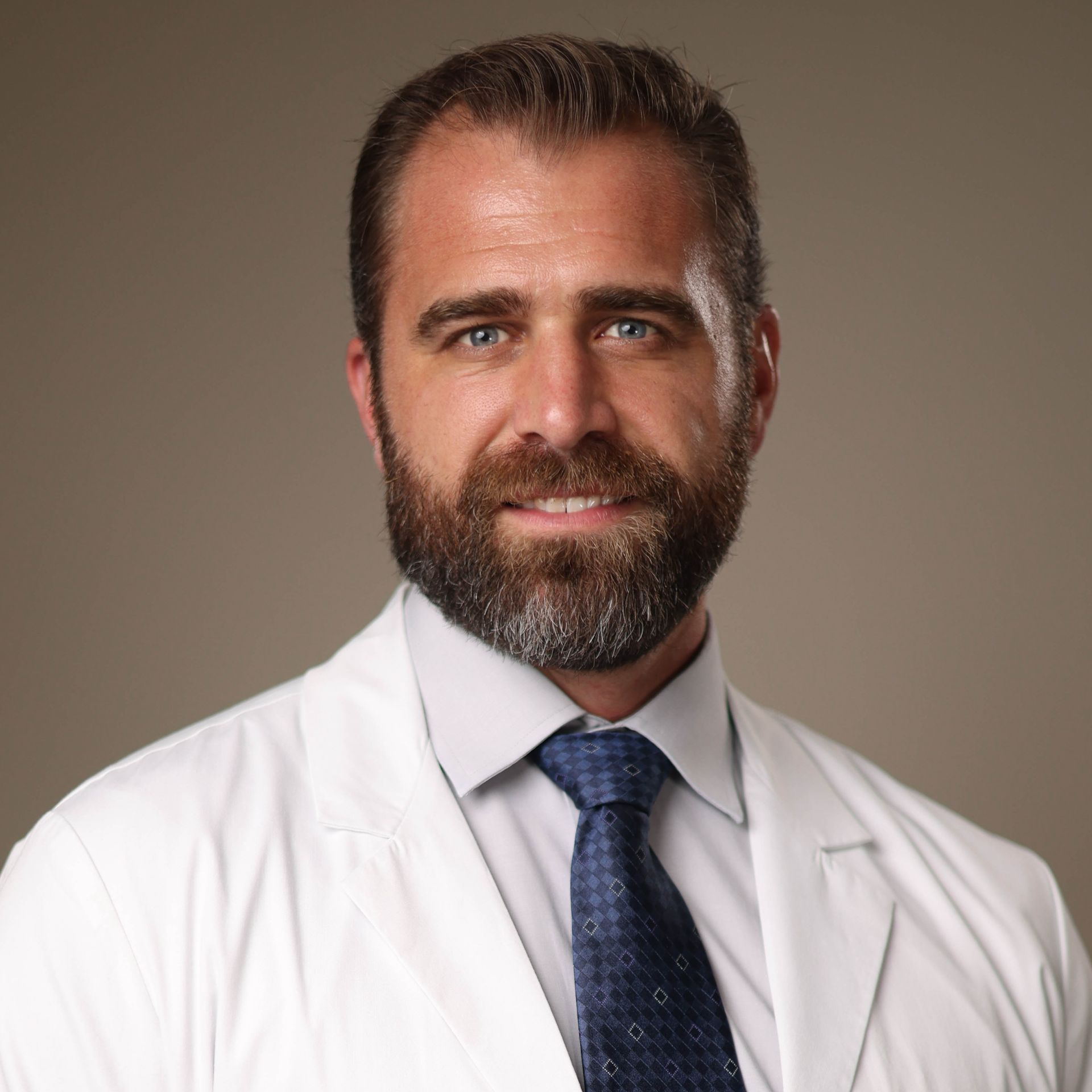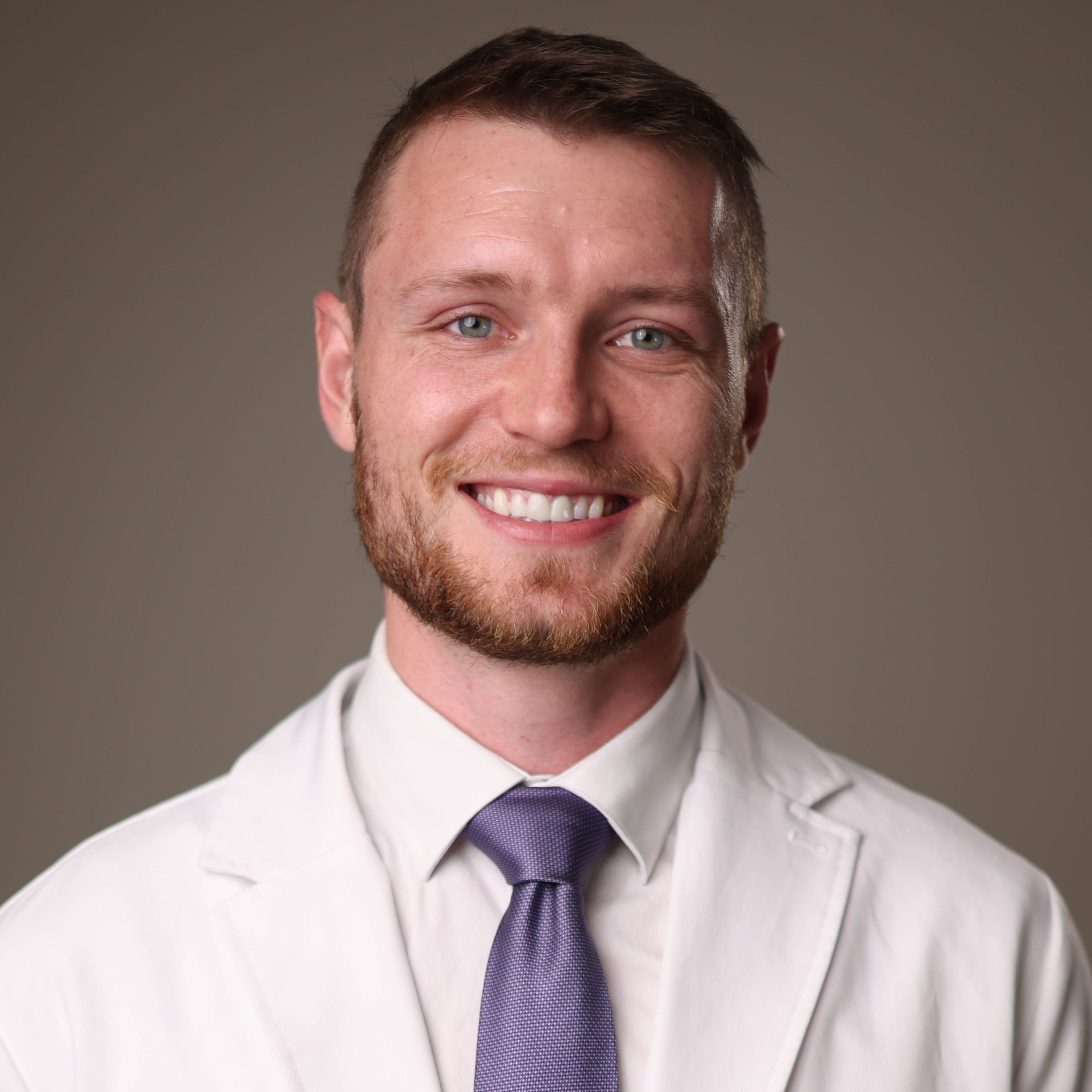Conservative Management of Cervicogenic Dizziness with Underlying Upper Cervical Instability and POTS
A Research Article by Dr. Robert J. Trager, Dr. Andres Schuster, Dr. Cliff Tao, and Dr. Gina Zamary

Rethinking the Root Causes of Dizziness
Dizziness is a broad and often misunderstood symptom. For patients with complex, lingering cases—particularly those with neck trauma or instability—common explanations like vestibular dysfunction or anxiety may fall short. In a compelling case study published by Dr. Robert J. Trager, Dr. Andres Schuster, Dr. Cliff Tao, and Dr. Gina Zamary, the authors present the conservative resolution of chronic dizziness in a 27-year-old woman diagnosed with cervicogenic dizziness (CGD), upper cervical instability (UCI), and postural orthostatic tachycardia syndrome (POTS).
Dr. Trager and his team demonstrate a thoughtful, interdisciplinary approach. Dr. Trager, a chiropractic physician and clinical researcher, brings extensive experience in spine-related dizziness, while Dr. Tao’s expertise in diagnostic imaging provides critical clarity on the radiographic findings of instability. Together with Schuster and Zamary, the team lays out a roadmap for managing complex dizziness that doesn’t respond to conventional care. Their work highlights the value of collaboration between chiropractic, cardiology, and radiology when addressing multifactorial neurological and postural conditions.
How the Case Was Managed
The patient, whose symptoms followed a history of concussion, car accident, and postural triggers, had been through years of unsuccessful treatment. Previous workups had ruled out vestibular, neurological, and psychiatric causes. Dynamic radiographs revealed lateral C1 instability, while tilt-table testing confirmed POTS. The combination of upper cervical dysfunction and autonomic imbalance led to an individualized, conservative treatment plan including gentle manual therapy, cervical stability exercises, and dietary changes to manage POTS.
Over an eight-month period, her Dizziness Handicap Inventory (DHI) score dropped from 50 to 10, reflecting a reduction from moderate to minimal impairment. Chiropractic care was delivered with caution—avoiding high-velocity adjustments and instead focusing on muscular release, dry needling, mobilizations, and home-based rehabilitation exercises aimed at enhancing cervical stability.
Key Findings and Implications
This case is significant not just for its outcome, but for what it reveals about the overlooked intersection between structural instability and dysautonomia. The patient’s persistent dizziness—unresponsive to SSRIs, vestibular therapy, and traditional neurology consults—responded only when the focus shifted to upper cervical alignment and autonomic regulation. The presence of lateral instability at C1 was supported by radiographic evidence, and when paired with signs of POTS, revealed a complex yet addressable pathophysiological relationship.
Her improvement followed a clear, conservative pathway: gentle soft tissue therapies, postural retraining, autonomic support, and muscle strengthening exercises. Notably, this regimen helped her taper off psychiatric medication, re-engage in physical activity, and resume normal life without recurrence of her most severe symptoms. This integrative approach challenges the often siloed management of CGD, POTS, and chronic dizziness—conditions that can overlap but are frequently treated in isolation.
A New Perspective on Multisystem Care
At Cerebral Chiropractic Center, we believe that symptoms like dizziness and instability often stem from layered causes. The more we’ve researched and integrated multidisciplinary strategies for complex conditions like CGD and POTS, the more clearly we see the power of collaboration. Our goal isn’t just to reduce symptoms—it’s to uncover the root cause or causes of dysfunction and build long-term neurological and structural resilience.
Whether a case calls for precise upper cervical care alone or coordination with professionals such as cardiologists or radiologists, our priority is always personalized, root-cause-focused care. This case underscores how addressing upper cervical instability—especially when paired with autonomic dysfunction—can open new doors for healing and symptom resolution.
Read the Full Article
For a deeper look at this multidisciplinary success story, we recommend reading the full case report by Dr. Robert J. Trager, Dr. Andres Schuster, Dr. Cliff Tao, and Dr. Gina Zamary: Conservative Management of Cervicogenic Dizziness Associated With Upper Cervical Instability and Postural Orthostatic Tachycardia Syndrome: A Case Report. [Access the full article here.]
Ready to Reclaim Balance and Clarity?
If dizziness, brain fog, or instability are limiting your life, the Advanced Orthogonal technique at Cerebral Chiropractic Center in St. Petersburg, FL, may offer the clarity and structural stability you’ve been seeking. Schedule a consultation today and let’s begin uncovering what’s at the root of your symptoms.
More Articles
